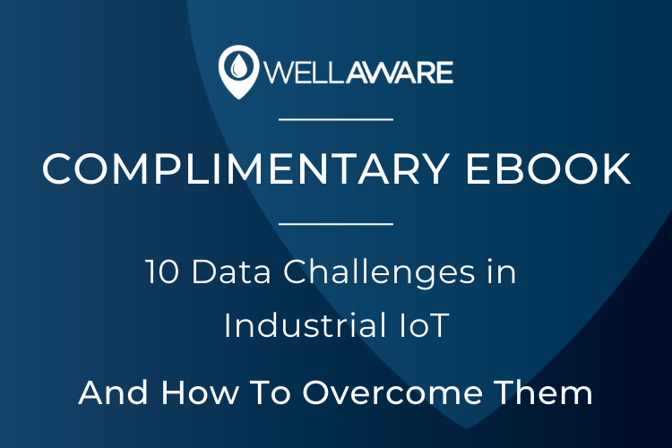
News, Insights, and more on Industrial IoT
Systems integrators (SIs) are a recent global phenomenon.
Wikipedia defines a systems integrator as “a person or company that specializes in bringing together component subsystems into a whole and ensuring that those subsystems function together.” In other words, they help customers manage the complexity of big technical projects, such as those involving digital transformation.
Overall, system’s integrators for industrial automation are thriving right now. The market is projected to reach $56B by 2022 at a 5% CAGR. Clearly, companies are willing to spend considerable sums to have others integrate disparate technology components on their behalf.
To prove that point, consider this: The industrial automation market, a primary customer of the SI market, is valued around $250B. With some basic math (and a few assumptions), we could deduce that the industrial automation market pays roughly a 20% premium for integration services. That’s a serious markup!
Although this may be a gross oversimplification, it demonstrates an important point:
Industrial companies pursuing automation and digital transformation projects are beholden to systems integrators because the market hasn’t unified around common standards or protocols. Consequently, it isn’t feasible for the average organization to connect and automate both machines and processes on their own.
Rather than hire full-time talent, most companies contract with third-party systems integrators for services that fall into three categories: hardware integration services, software integration services, and consulting services. The typical IoT or digital transformation project requires all three.
The biggest downside for end customers is that SIs generally mark up products and services along the entire value chain, resulting in bloated cost structures. Again, this is possible because most organizations pursuing digital transformation don’t have the knowledge or experience to integrate components independently. They need SIs.
On the hardware side, the primary cost buckets include:
On the software front, expenses include:
Finally, systems integrators also charge consulting fees to specify, design, engineer, and deliver integration projects.
In response to the bloated cost structures, some OEMs have also started acquiring or building SI groups in house. For example, Rockwell Automation purchased Maverick Technologies in 2016, enabling the company to eliminate some of the inefficiencies of navigating multi-party contracts. However, this trend introduces another problem that we call “OEM shackling.”
OEMs may manufacture PLCs, RTUs, sensors, and other automation equipment used in SCADA and IoT projects. By owning SI capabilities internally, OEMs are incentivized to drive sales for other business units.
So, one of the main benefits for end customers of hiring an unbiased systems integrator is lost. Organizations can no longer be sure they are getting the absolute best technological solution available at the price they pay.
To be clear, systems integrators aren’t the “bad guys.” They have identified a clear market need and fulfill those needs effectively. The SI business model is highly profitable and valuable, as organizations struggle to achieve digital, operational, and automation goals without expert help.
But what happens when digital projects are completed?
Who is responsible for outcomes?
Who is managing manufacturer warranties for every component in the system?
In most cases, not the systems integrator!
Companies are left to optimize digital infrastructure that they didn’t set up themselves. As a result, leaders often don’t have the tools to help their workforces succeed, nor do they have the budgets to upgrade and continuously improve.
To truly enable cost-effective digital transformation and data-driven cultures, we have to do better. SIs can be a part of the solution, but they must find ways to help organizations get past the pilot phase and into higher value digital transformation initiatives. Maybe they should also be responsible for the quality of the data and the business outcomes their integration efforts yield.
At WellAware, we believe that the landscape is shifting in favor of the industrial organization. Soon, customers won’t be beholden to bloated integration contracts and massive capital budgets for these types of projects. Instead, organizations will be able to find vendors who offer guaranteed service outcomes beyond basic product warranties. Of course, systems integrators will have an important role to play in this transition. Regardless, it’s about time we found a better way.

Having a data challenge? You're not alone.
Sign up for our blog and receive a free eBook on the 10 data challenges in Industrial IoT and how to overcome them.
Have a Question?